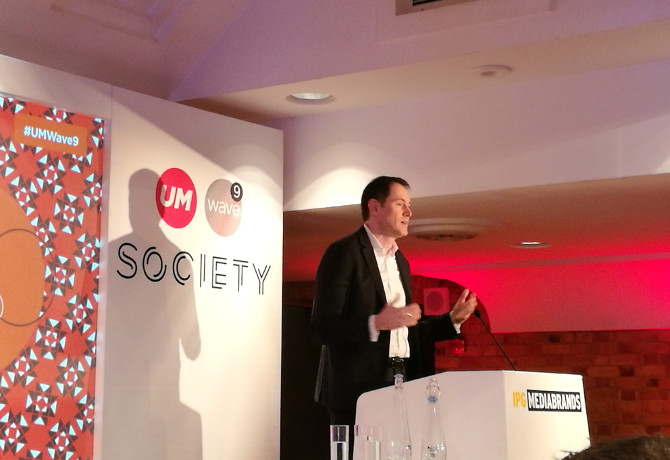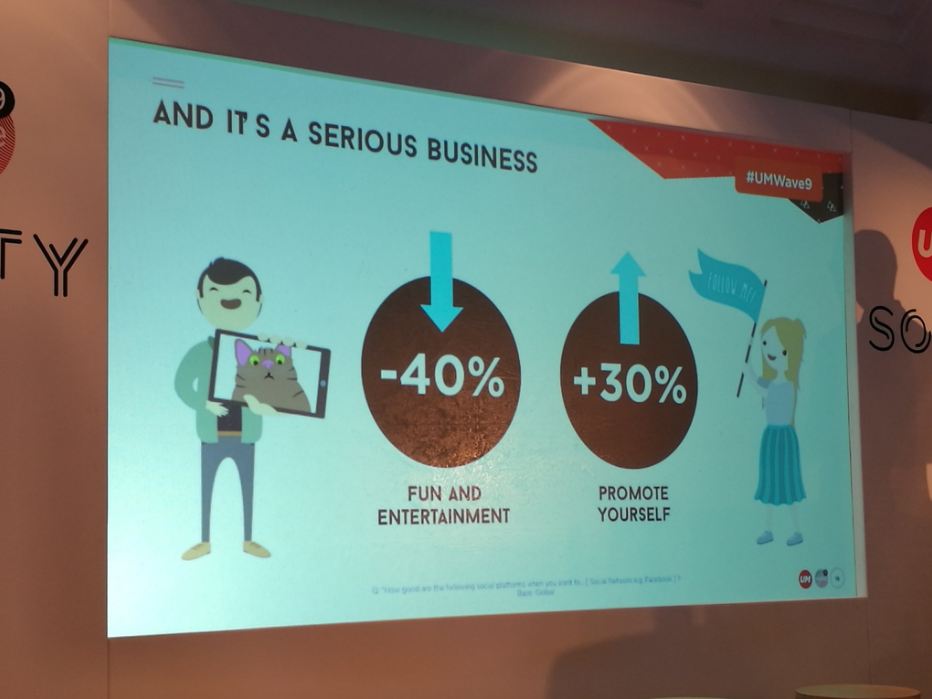Brands must be careful to select the right moment to engage with consumers, according to a new report by IPG Mediabrands agency UM.

Over 52,000 people were surveyed across 78 markets for the ninth iteration of UM’s ‘Wave’ global social tracking study, first launched in 2006. The latest findings were presented at an event at The Brewery venue in the City of London.
This year’s report focused on the need for advertisers to understand the emotional needs of their consumers, as attention spans shorten, and to capitalise on the “real-life moments” when brands become most relevant.
Glen Parker, head of UM Insight, EMEA, and author of Wave 9, told attendees that consumers are actively managing their social networks more than ever, and cutting the number of connections, rather than adding to them.
Instant messaging platforms such as Snapchat and WhatsApp are beginning to dominate personal communications – 85% of consumers globally said they use such plaforms to stay in touch “moment by moment” with family and friends – and help to curate digital social interactions.
“We’re starting to get rid of people [from social networks],” said Parker. “There is so much content that we are trying to edit that content.”

Nearly half of respondents (47.5%) agreed with the statement, “I feel overwhelmed by the volume of things available to me online,” adding to the sense that brands must choose the right moment to communicate with consumers.
“It’s clear that offering an always-on service to consumers is a good route for success. However, not every brand can or even should be always-on,” added UM research director Liz Haas, co-author of the report.
“It’s vital to understand in which moments consumers will be most receptive to your message so that you can target these moments of receptivity when your communication is at its most relevant.”







